
Marketing Corporate Volunteerism | A How-To Guide For Orgs
Corporate volunteerism refers to the practice of businesses encouraging…
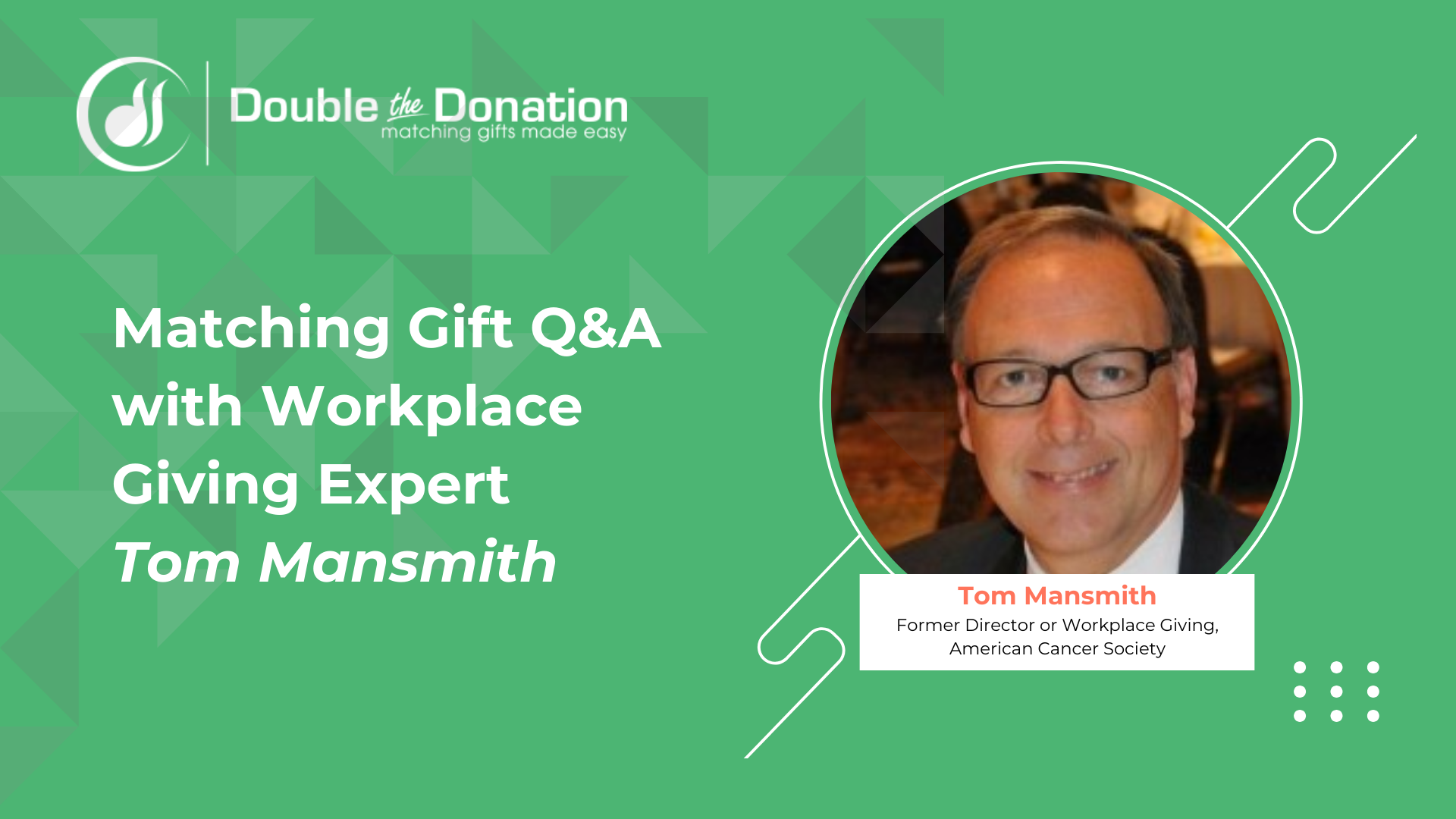
Matching Gift Q&A with Workplace Giving Expert Tom Mansmith
Matching gifts hold an incredible yet often untapped potential…
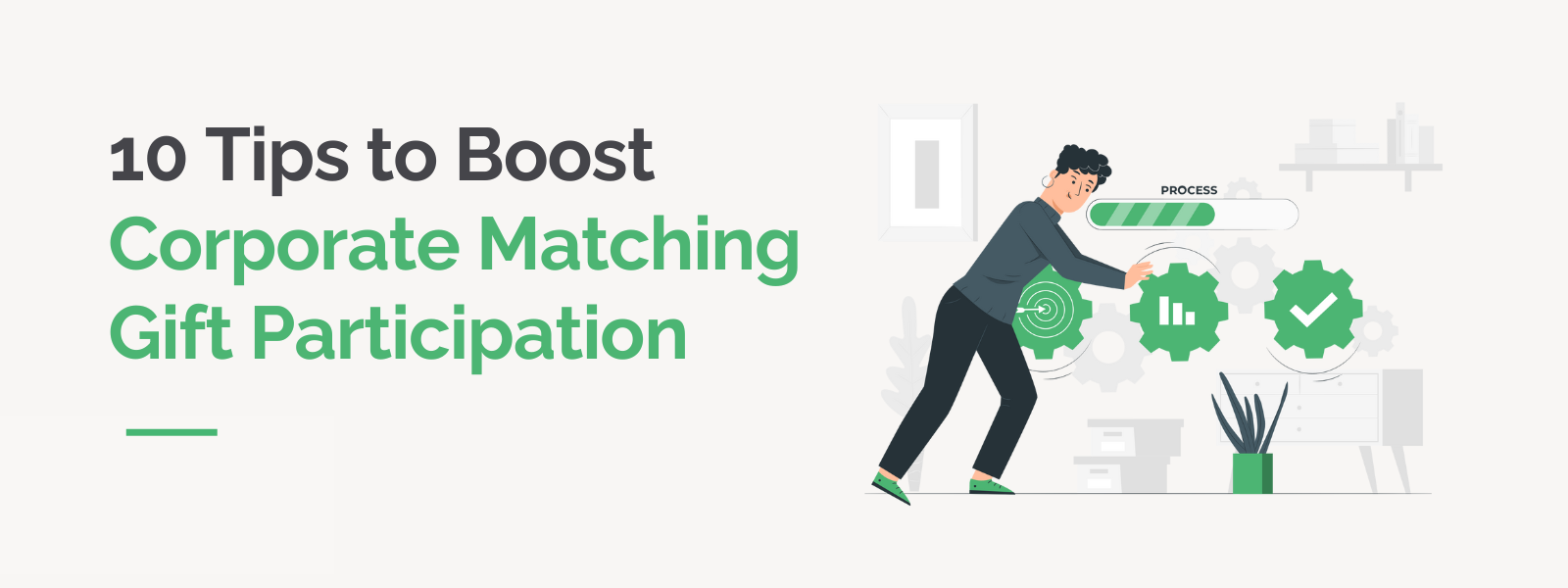
10 Tips to Boost Corporate Matching Gift Participation
Corporate matching gifts are a powerful yet often underutilized…

Top Data Hygiene Best Practices for Nonprofit Organizations
Picture this: Your wildlife conservation foundation is gearing…
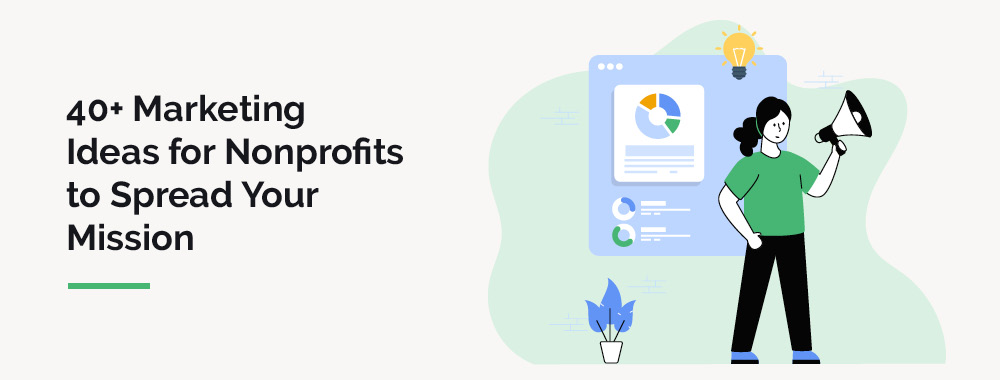
40+ Marketing Ideas for Nonprofits to Spread Your Mission
Strapped for resources but still want to make a big impact? Effective…
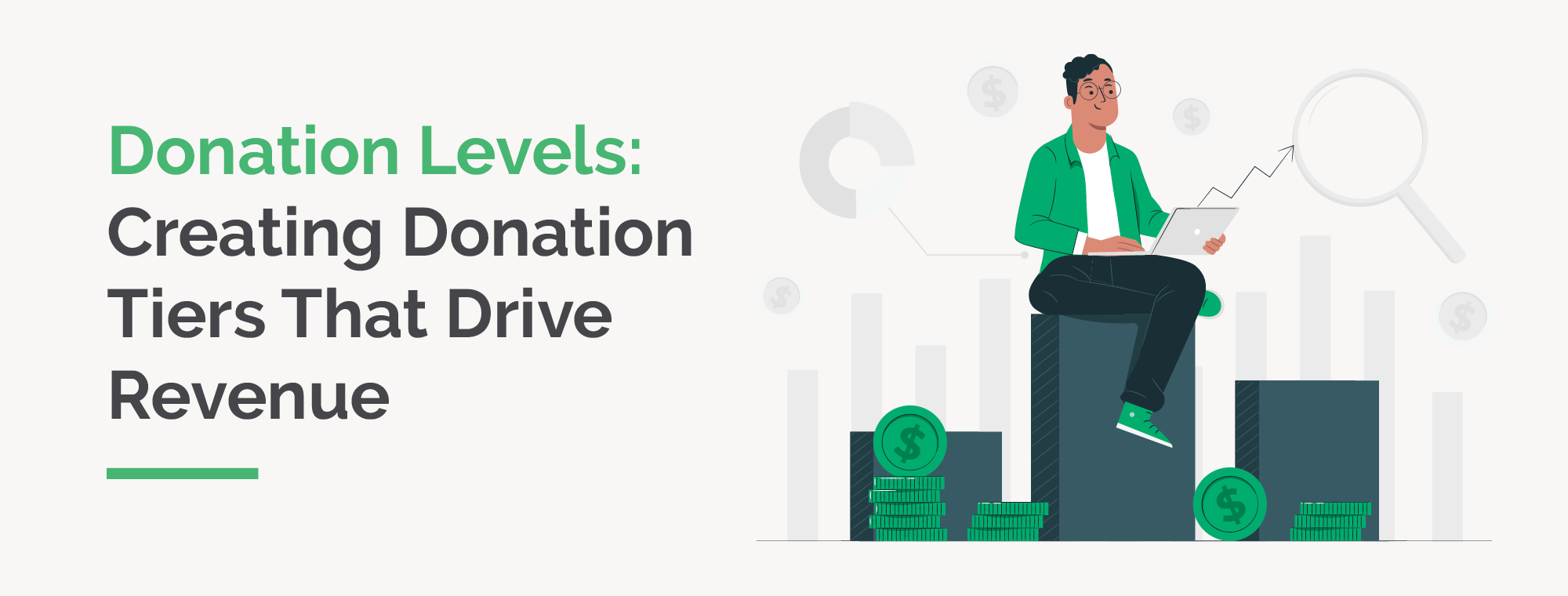
Donation Levels: Creating Donation Tiers That Drive Revenue
From marketing to cultivation, it’s no small effort to drive…
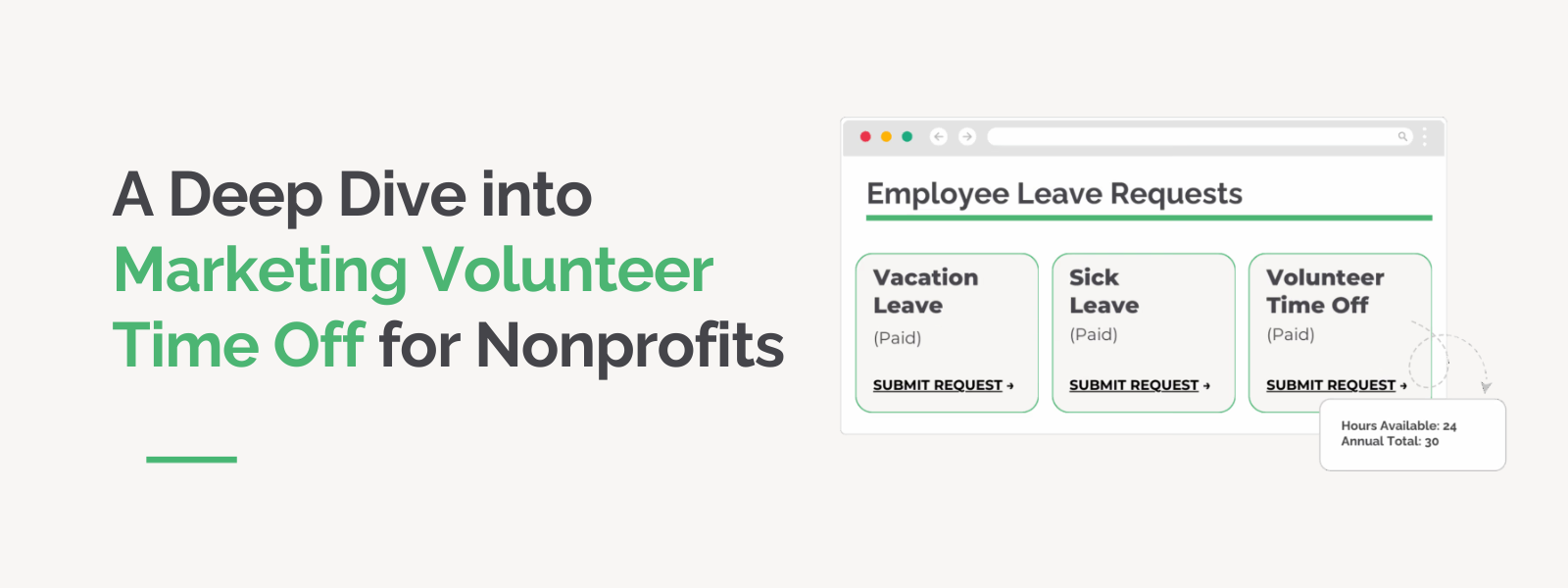
A Deep Dive into Marketing Volunteer Time Off for Nonprofits
Paid Volunteer Time Off (VTO) programs continue to gain traction…
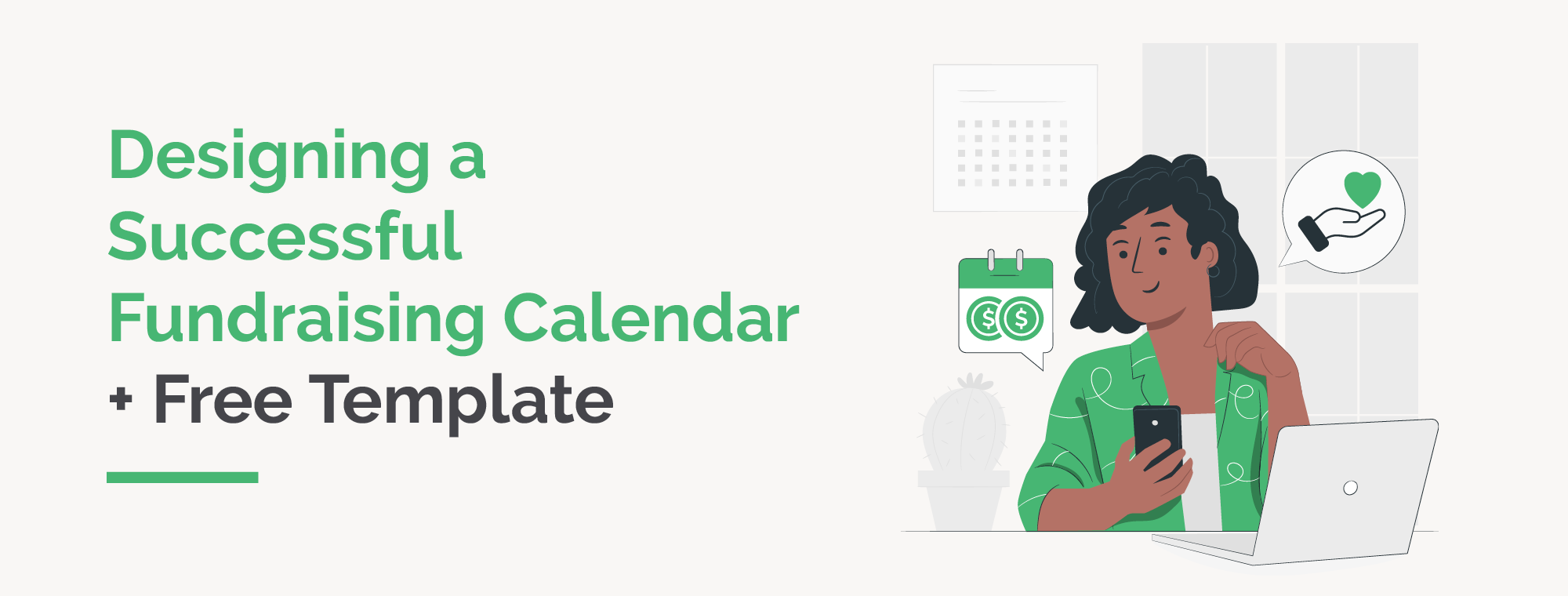
Designing a Successful Fundraising Calendar + Free Template
The end of the year is always a busy time for fundraising, and…
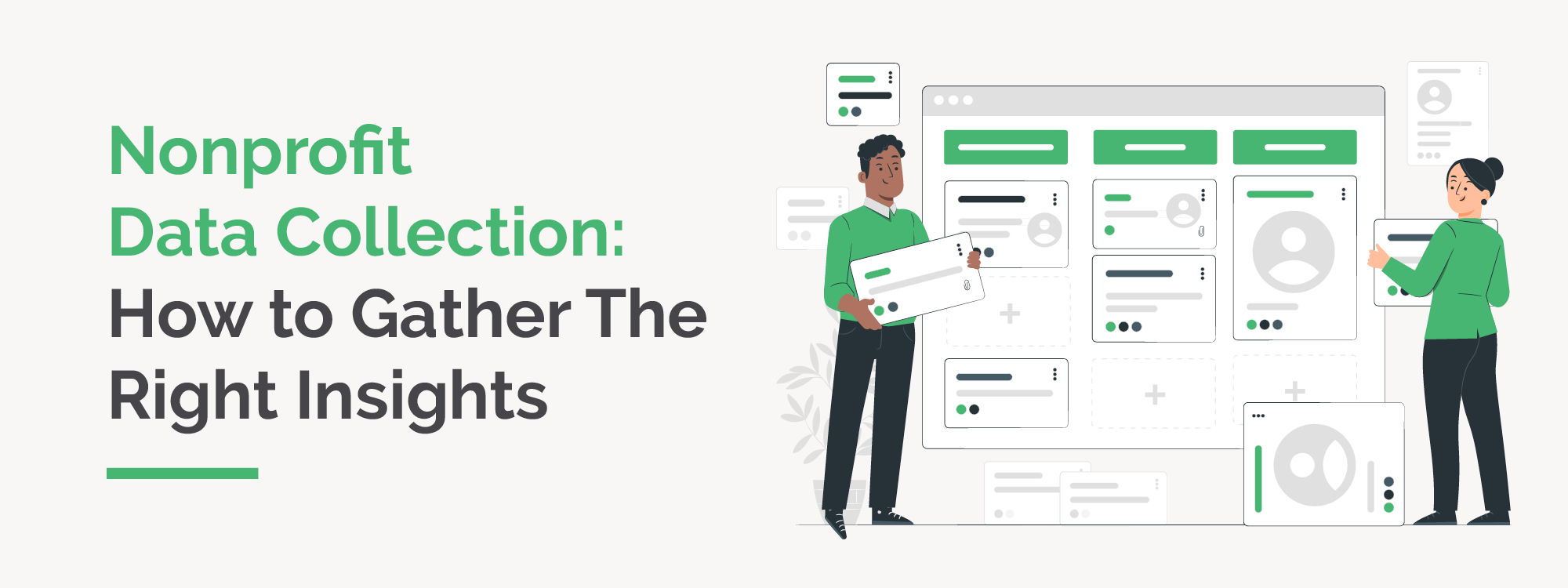
Nonprofit Data Collection: How to Gather The Right Insights
From local communities to global movements, effective nonprofit…
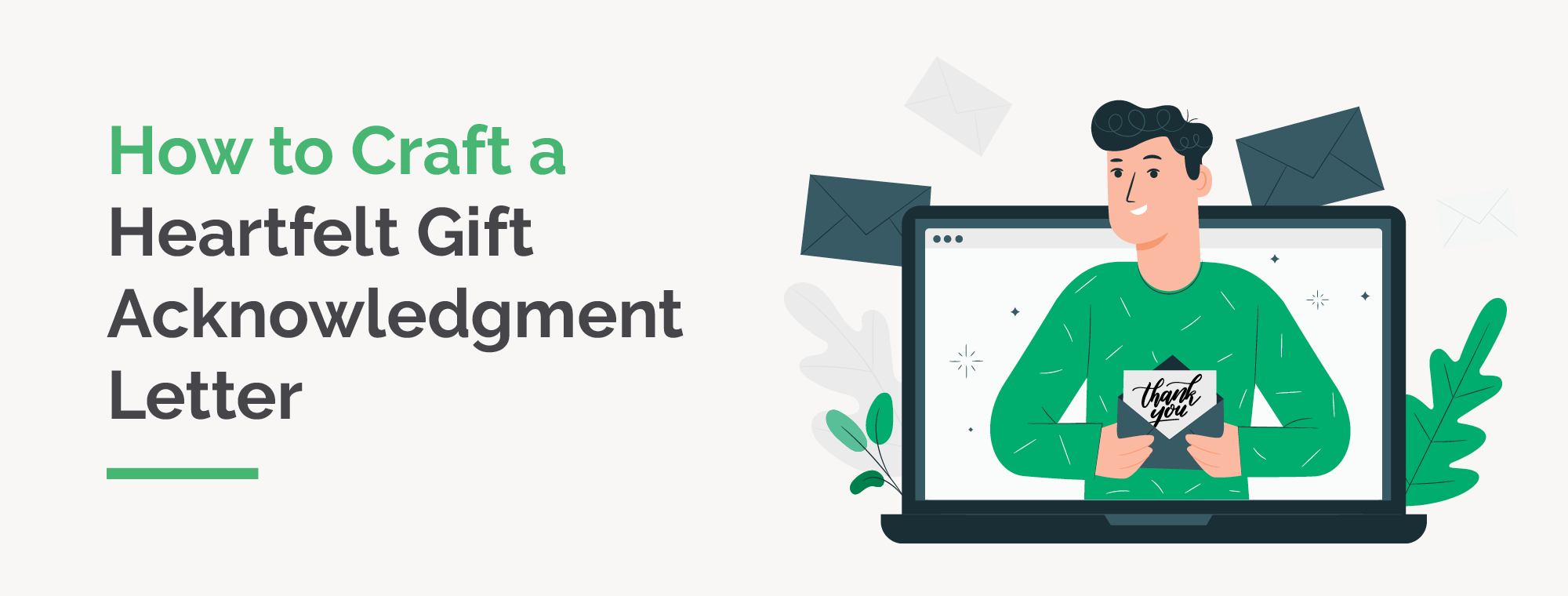
How to Craft a Heartfelt Gift Acknowledgment Letter
A swift thank you is all it takes for 34% of donors to give again.…

